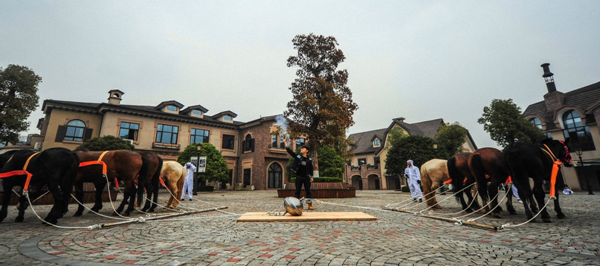
In 1643, Italian physicist Torricelli proved the presence of vacuum and atmospheric pressure in natural space. He created a long glass tube, sealed at the top, filled it with mercury, and set it vertically into a basin of mercury. The column of mercury fell to about 76 cm above the surface level of the mercury outside the tube. Torricelli believed that it left a vacuum in the glass tube above the mercury. The 76 cm mercury column height is determined by the atmospheric pressure.

In 1650, the first piston vacuum pump was invented by Otto von Guericke of Germany.
In 1654, he conducted his famous Magdeburg hemispheres experiment in Magdeburg: he used the vacuum pump to suck the air out from inside the two attached hemispheres around 14 inches (35.5 cm) in diameter and demonstrated that two teams of eight horses pulling in opposite directions could not separate the two copper hemispheres. The experiment once more proved the presence of atmosphere in space with tremendous pressure. To commemorate Torricelli in scientific discoveries and contributions, the torr, a conventional unit of pressure used in vacuum measurements, is named after him.
